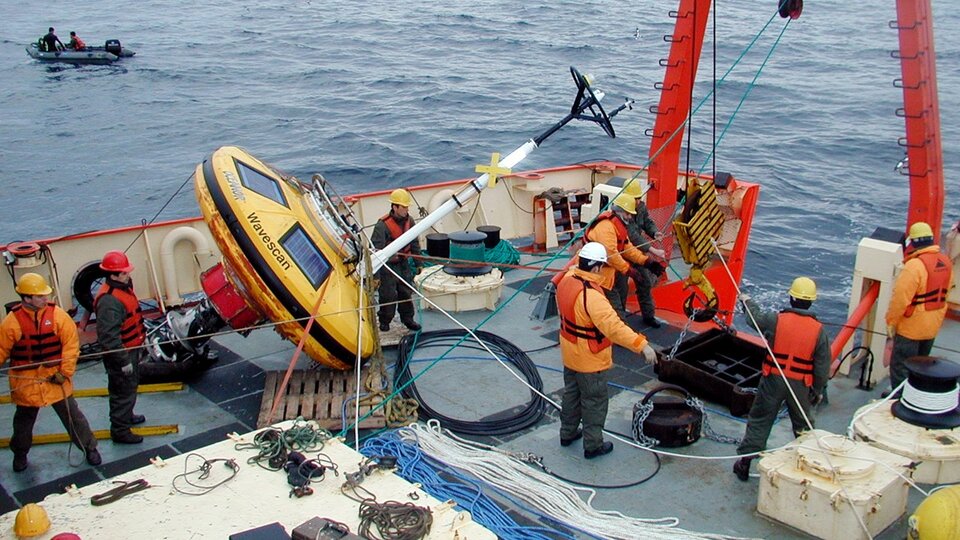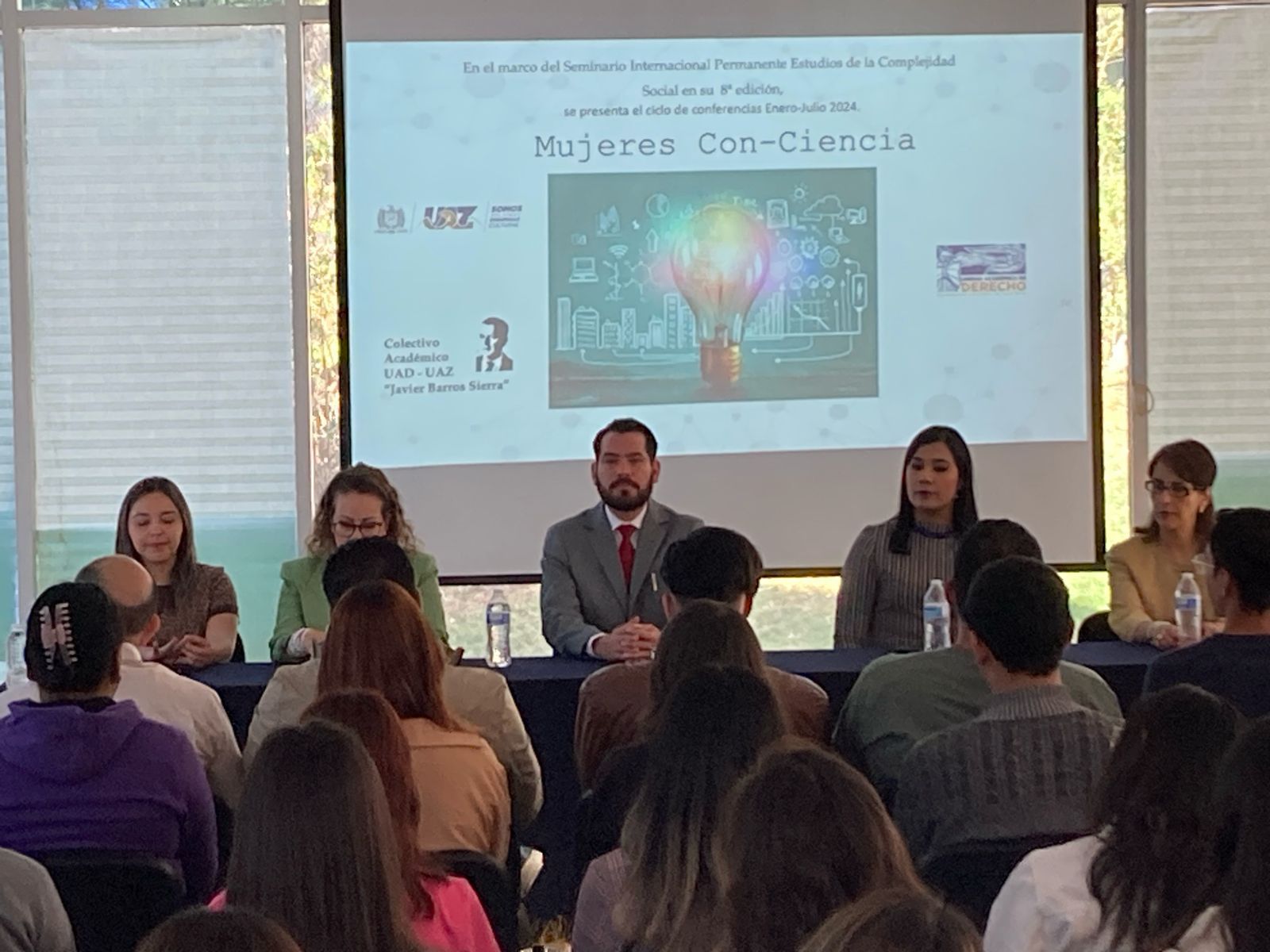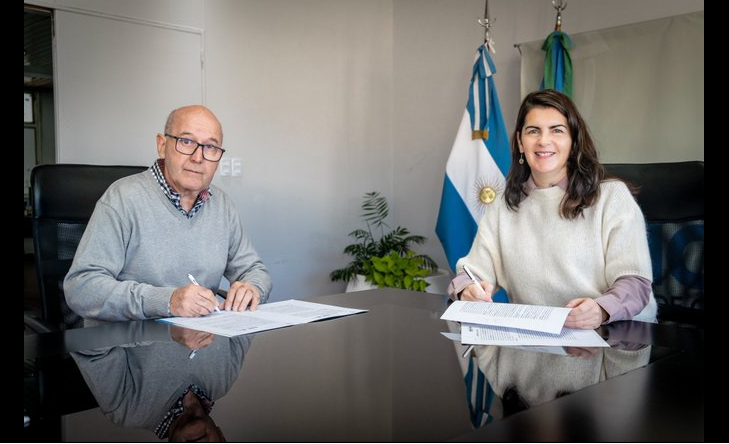The Science and Technology sector showed very marked signs of recovery. Recently, Minister Daniel Filmus announced that by 2022 they will be invested 4,500 million pesos in order to relaunch the Access to space program of the National Commission for Space Activities (Conae). This item will include the manufacture of experimental vehicles and the Tronador II and III launchers, capable of placing 750-kilogram satellites in orbit. Spatial development as a strategic objective adds to the refloat of Blue Pampa: the initiative that brings together the wills of seven ministries and seeks to develop new knowledge to conserve and take advantage of the resources of the Argentine Sea; as well as the revitalization of the Roots Program, that articulates the repatriation of male and female scientists abroad. Unlike 2019, when only three returned, there are already 79 brains that returned to the local soil.
The strengthening of spatial and maritime development and the return of escaped human resources in less happy times constitute three State policies that during the Kirchnerist mandates had been strongly promoted and during the Macrista administration were unguarded. An underlying key to the new momentum is the S&T financing law, which foresees a progressive increase in the S&T function of the national budget until reaching 1 percent of GDP in 2032. As a result, next year it will go from 0.28 to 0.31 percent: instead of receiving 7 billion of pesos, the portfolio will receive 23 billion. With this landscape in the background, the fresh air for the sector is characterized by the incorporation of more researchers to Conicet. If during the macrismo the income had decreased to 450, in 2021 the incorporations climbed to 820, thus breaking the record of 12 thousand male and female scientists in the race.
Likewise, the Plan for Strengthening Human Resources of Science and Technology Organizations, to add a thousand more scientists by competition; and the incorporation of the professionals and technicians and techniques of the Career of Support Personnel for Research and Development of Conicet was achieved into the special pension scheme for scientific researchers. The role of the National Agency for the Promotion of Research, Technological Development and Innovation (R + D + I) also becomes fundamental in all the financing of projects and activities.
People’s problems
The government of Alberto Fernández has the express desire to place science and technology at the service of the country. From his speech, the Executive “not only seeks to support S&T, but also seeks to rely on S&T” to guide actions towards the consolidation of a development model based on knowledge. This is how the minister expresses it Daniel Filmus in dialogue with Page 12: “The government of Alberto and Cristina raised as a central axis the possibility of changing the country’s productive matrix. Part of this has to do with the contribution of science and technology to generate transfer that allows increasing value chains for primary products ”. A good part of that transformation, in 2021, is linked to the commitment to the energy transition, with lithium and green hydrogen in the lead.
Along these lines, from the conception of the minister, the historical exporting scheme of primary products must be transformed by one of import substitution, which also aims to export sophisticated products with greater added value. Under this premise, relationships with other ministries are core. “Impact on the economy through knowledge is the central axis of the MinCyT. That is why we hold periodic conversations, both with Matías Kulfas and with Martín Guzmán, with the sole purpose of solve our people’s problems. Not only the hard sciences are financed, but also the social sciences, quite undervalued during the previous term, ”says Filmus. The “Science and Technology Against Hunger” Program or the popular economy and medicinal cannabis projects are aligned in this regard.
The Conicet on the right track
During the pandemic, the articulation between Conicet and the universities was key to taking advantage of the capacities installed in the manufacture of chinstraps from antiviral fabrics, the manufacture of tests to detect the presence of the virus or antibodies in the body, as well as as well as the challenge taken by various groups around the country to specify the design of a one hundred percent Argentine anticovid vaccine.
“After four years of macrismo and two years of pandemic, we are beginning to recover. Fundamentally, the Financing Law allows us to increase the budget from year to year, thus enabling the chance to plan ”, he says. Ana Franchi, the president of Conicet. And he continues: “On the other hand, we caught up with the purchase and delivery of equipment owed since 2016, and progressed in the construction of 20 new buildings which will be built from 2022 for scientists to develop their tasks in more appropriate areas. We increase the stipend of scholarships: today a scholarship recipient charges 82 thousand pesos”.
The salary of career researchers may constitute the main outstanding account. Franchi does not escape the matter and points out: “Three salary hierarchies have been granted for researchers; not enough yet, we know, but we are on the right track in recovering everything lost between 2015 and 2019”. Another of the historical pending accounts is the federalization of the system. The asymmetry that exists between the provinces is one of the conflicts that Conicet worries about reversing. “The center of the country concentrates more than 80 percent of all the human resources of Science and Technology. Therefore, we start with special income to the career that is linked to strengthening the different provinces. San Juan, La Pampa, Chaco and Catamarca will define their strategic issues and based on this, the incorporation of human resources in the jurisdictions will be carried out. We will also seek to solve thematic vacancies that, in turn, are central to the country, such as forestry or marine science ”, describes Franchi.
Argentina 2030
Science and technology, like other sensitive areas such as education, require State policies that can be sustained over time. In previous decades, Kirchner governments promoted S&T strategic plans for 2010 and 2020. However, when it was necessary to draw up the guidelines of the 2030 Plan, the macrista administration did not do so. “During the macrismo, the country was left without a plan for science and technology. We propose to vote the Argentina 2030 plan into law. To do this, we started discussions with the provinces, universities, with the scientific community, with the Economic and Social Council and with many other actors, ”says Filmus. Starting this month, in open and plural spaces for dialogue, the challenges that must be faced with a view to the next decade are discussed. A federal and sovereign development model will be, once again, on the horizon.
[email protected]





